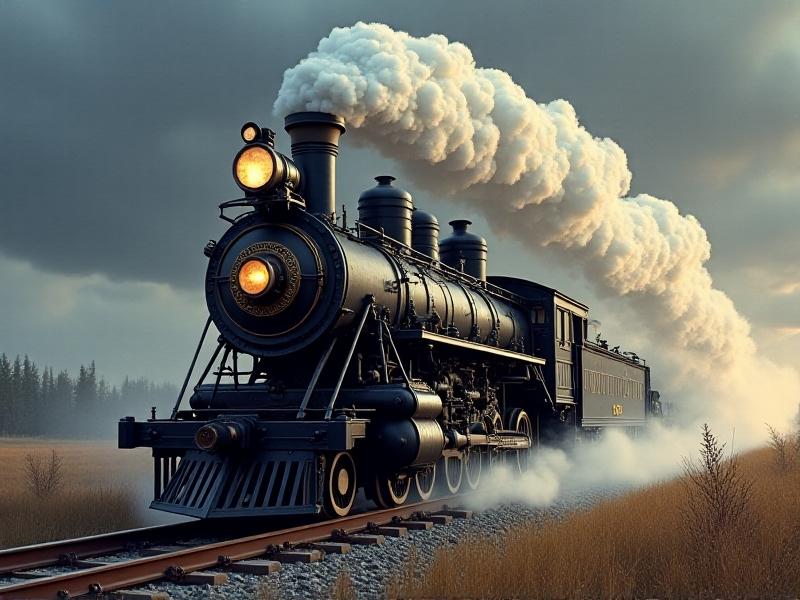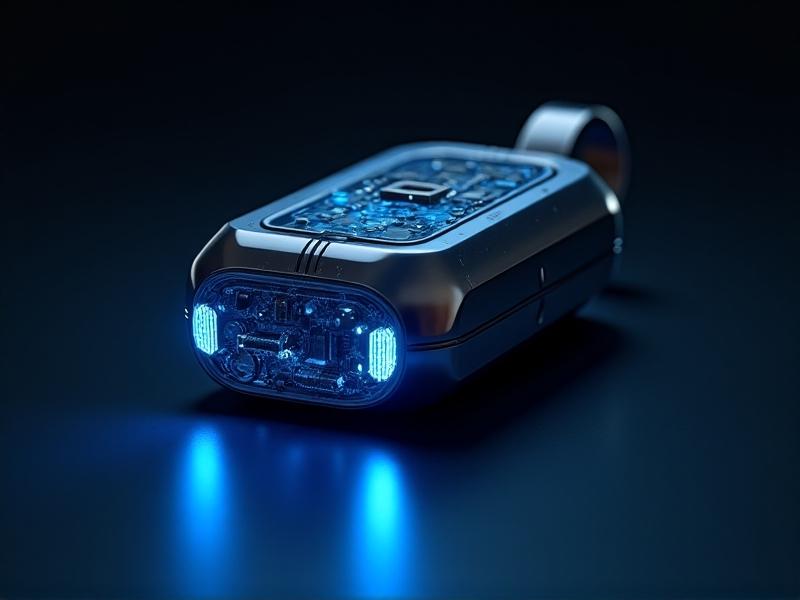Innovations in Whistle Engineering: From Steam to Digital
The Evolution of Whistle Engineering: A Historical Perspective
The journey of whistle engineering began in the early 19th century, primarily driven by the needs of the burgeoning railway and maritime industries. The first whistles were simple, manually operated devices that relied on steam power to produce sound. These early designs were rudimentary but effective, serving as crucial tools for communication and safety. Over time, the demand for louder, more reliable whistles led to innovations in materials and design. Engineers experimented with different shapes, sizes, and mechanisms to optimize sound production, leading to the development of the classic steam whistle that became synonymous with the industrial age.

Materials and Manufacturing: The Backbone of Whistle Design
The materials used in whistle manufacturing have evolved significantly over the years. Early whistles were made from brass, copper, and other metals that could withstand high temperatures and pressures. As technology advanced, new materials like stainless steel and plastics were introduced, offering improved durability and cost-effectiveness. The manufacturing process also saw a transformation, with traditional hand-crafting giving way to precision engineering and mass production. Today, modern whistles are designed using computer-aided design (CAD) software, ensuring consistency and accuracy in every piece. This section explores how material science and manufacturing techniques have shaped the development of whistles over time.

Acoustic Engineering: The Science Behind the Sound
At the heart of every whistle lies the science of acoustics. The sound produced by a whistle is the result of complex interactions between air flow, vibration, and resonance. Early engineers relied on trial and error to achieve the desired pitch and volume, but modern whistle design is guided by advanced acoustic principles. Computational fluid dynamics (CFD) and finite element analysis (FEA) are now used to model and optimize the sound output of whistles. This section delves into the technical aspects of whistle engineering, explaining how sound is generated, amplified, and controlled to meet specific requirements.

From Steam to Electric: The Transition to Modern Whistles
The transition from steam-powered whistles to electric and electronic models marked a significant milestone in whistle engineering. Electric whistles, which emerged in the mid-20th century, offered greater control and reliability compared to their steam-powered counterparts. These whistles used electromagnets to produce sound, eliminating the need for steam and reducing maintenance requirements. The advent of digital technology further revolutionized the field, enabling the development of programmable whistles with customizable sound profiles. This section traces the evolution of whistle technology, highlighting the key innovations that have shaped the modern whistle.
Applications of Whistles: Beyond the Industrial Age
While whistles were originally designed for industrial and transportation purposes, their applications have expanded significantly over the years. Today, whistles are used in sports, law enforcement, emergency signaling, and even music. The versatility of whistles is a testament to their enduring utility and adaptability. This section explores the diverse uses of whistles in contemporary society, from referees' tools to life-saving devices in emergency situations. It also examines how whistle design has been tailored to meet the specific needs of different industries and activities.
Digital Whistles: The Future of Sound Signaling
The latest frontier in whistle engineering is the development of digital whistles. These advanced devices leverage digital signal processing (DSP) and wireless connectivity to offer unprecedented levels of functionality and customization. Digital whistles can produce a wide range of sounds, from traditional whistle tones to complex audio signals. They can also be integrated with other devices and systems, enabling seamless communication in various environments. This section looks at the cutting-edge technologies driving the evolution of digital whistles and considers their potential impact on the future of sound signaling.
Challenges and Opportunities in Whistle Engineering
Despite the advancements in whistle technology, the field continues to face challenges. Issues such as noise pollution, durability, and user safety remain critical concerns for engineers. At the same time, the growing demand for innovative solutions presents exciting opportunities for further research and development. This section discusses the challenges and opportunities in whistle engineering, exploring how engineers are addressing these issues and pushing the boundaries of what is possible in sound signaling technology.
Conclusion: The Enduring Legacy of Whistle Innovation
From the steam-powered whistles of the industrial age to the digital devices of today, whistle engineering has come a long way. The field has continually evolved to meet the changing needs of society, driven by advancements in materials, acoustics, and technology. As we look to the future, the possibilities for further innovation are boundless. Whistles will continue to play a vital role in communication, safety, and entertainment, proving that even the simplest of devices can have a profound impact on our lives.






